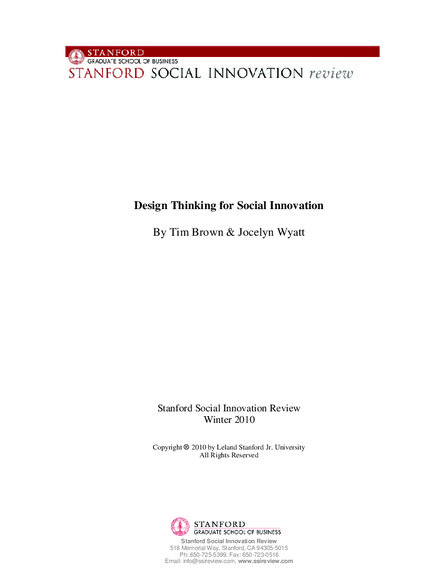
In an area outside Hyderabad, India, between the suburbs and the countryside, a young woman—we’ll call her Shanti—fetches water daily from the always-open local borehole that is about 300 feet from her home. She uses a 3-gallon plastic container that she can easily carry on her head. Shanti and her husband rely on the free water for their drinking and washing, and though they’ve heard that it’s not as safe as water from the Naandi Foundation-run community treatment plant, they still use it. Shanti’s family has been drinking the local water for generations, and although it periodically makes her and her family sick, she has no plans to stop using it. Shanti has many reasons not to use the water from the Naandi treatment center, but they’re not the reasons one might think. The center is within easy walking distance of her home—roughly a third of a mile. It is also well known and affordable (roughly 10 rupees, or 20 cents, for 5 gallons). Being able to pay the small fee has even become a status symbol for some villagers. Habit isn’t a factor, either. Shanti is forgoing the safer water because of a series of flaws in the overall design of the system.